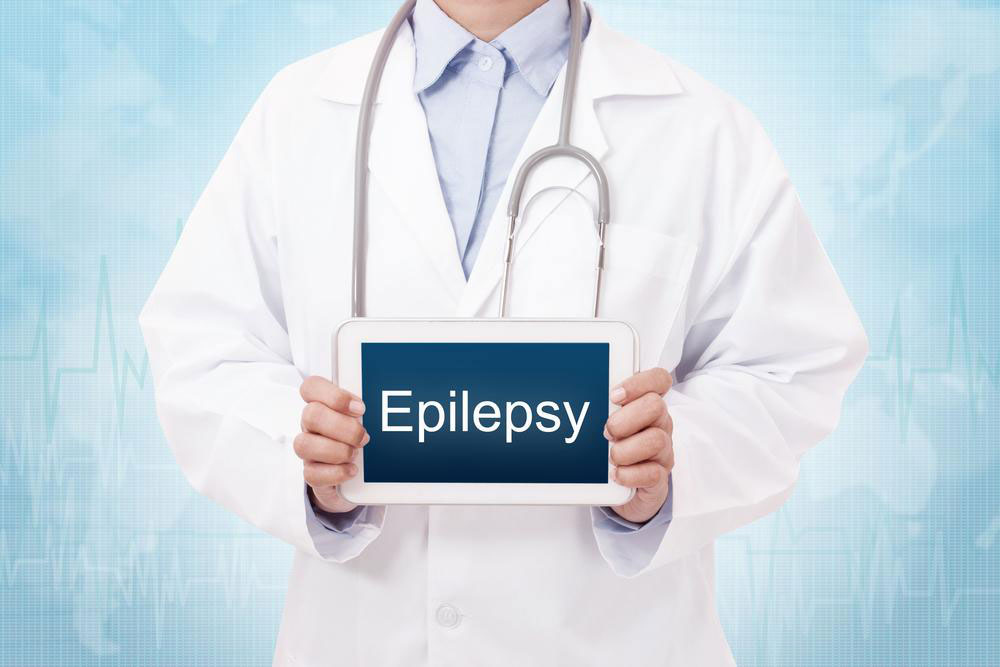Recognizing Key Indicators of Seizures
Learn to identify the signs of seizures early, from visual and sensory phenomena like auras to physical and emotional cues such as sudden pain and confusion. Understanding these symptoms helps in timely intervention and management of seizure episodes, crucial for safety and effective treatment.
Sponsored

What is a seizure?
Seizures are episodes caused by sudden bursts of electrical activity in the brain. They can last from a few seconds to half an hour. Repeated seizures often indicate epilepsy or related neurological issues. Early signs, known as 'prodromal' symptoms, may appear minutes or hours beforehand, serving as warning signs. Seizures are classified into focal and generalized types. Focal seizures originate in one brain area and can cause sensory distortions or emotional changes. Generalized seizures involve the entire brain and can cause loss of consciousness and muscle spasms.
Approximately 60% of epilepsy patients experience focal seizures, which may be mistaken for psychiatric or nerve disorders. When nerve cells misfire throughout the brain, it results in generalized seizures, leading to falls, blackouts, or muscle jerks during episodes.
Primary indicators of seizures include physical and emotional symptoms. Many individuals report unusual sensations hours or days prior, such as feelings of disorientation or detachment from their environment. These pre-seizure experiences, called auras, often involve strange smells, tastes, visual distortions, auditory hallucinations, or feelings of numbness and weakness. Anxiety and restlessness are common emotional precursors, especially in adults, while children might become impulsive or irritable. Sudden pain, especially headaches resembling migraines, can also signal an impending seizure.
Prodromal symptoms, such as mood disturbances or depression, frequently occur before seizures, indicating an approaching episode. Seizures are further categorized into types like tonic, clonic, atonic, myoclonic, and absence seizures, with focal seizures splitting into simple, complex, and secondary generalized types.
Other signs include staring, unresponsiveness, eye-rolling, head nodding, repetitive licking, swallowing, salivation, flushing, jerking movements, sweating, tremors, and goosebumps. Breathing irregularities, memory issues, garbled speech, and screams may also occur. Immediate action involves protecting the individual from injury and consulting medical professionals promptly to manage the episode effectively.






